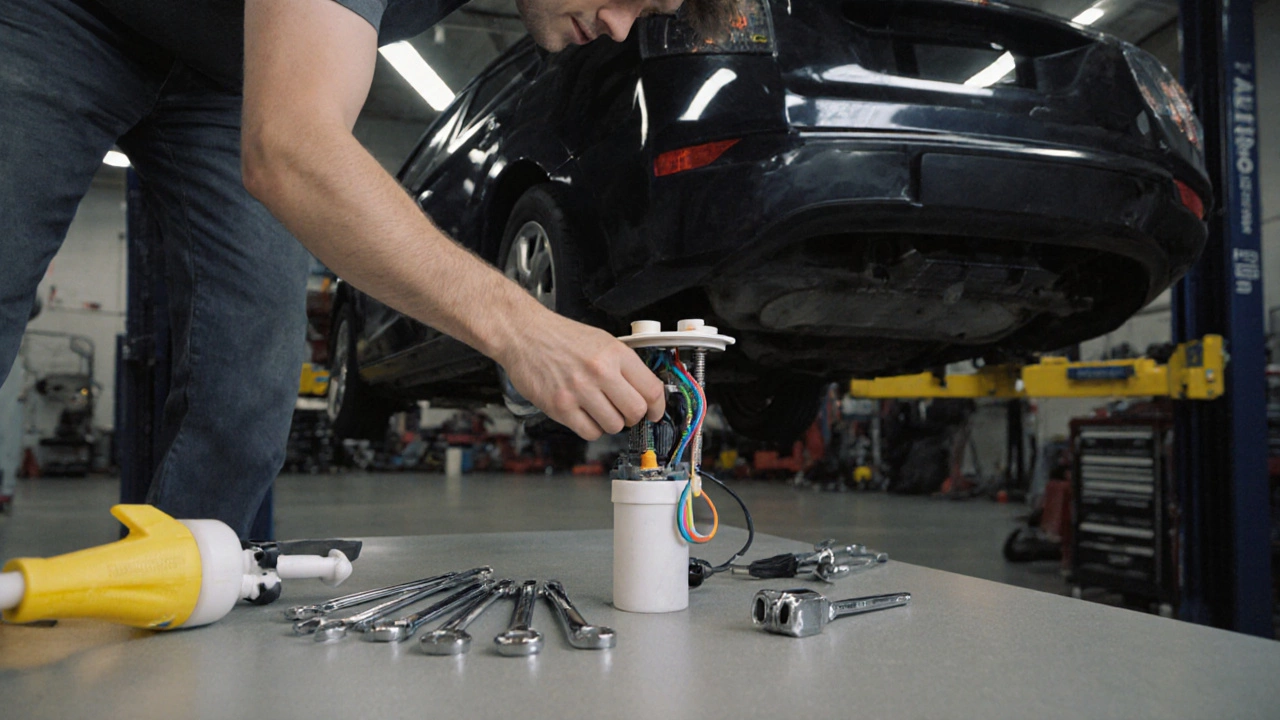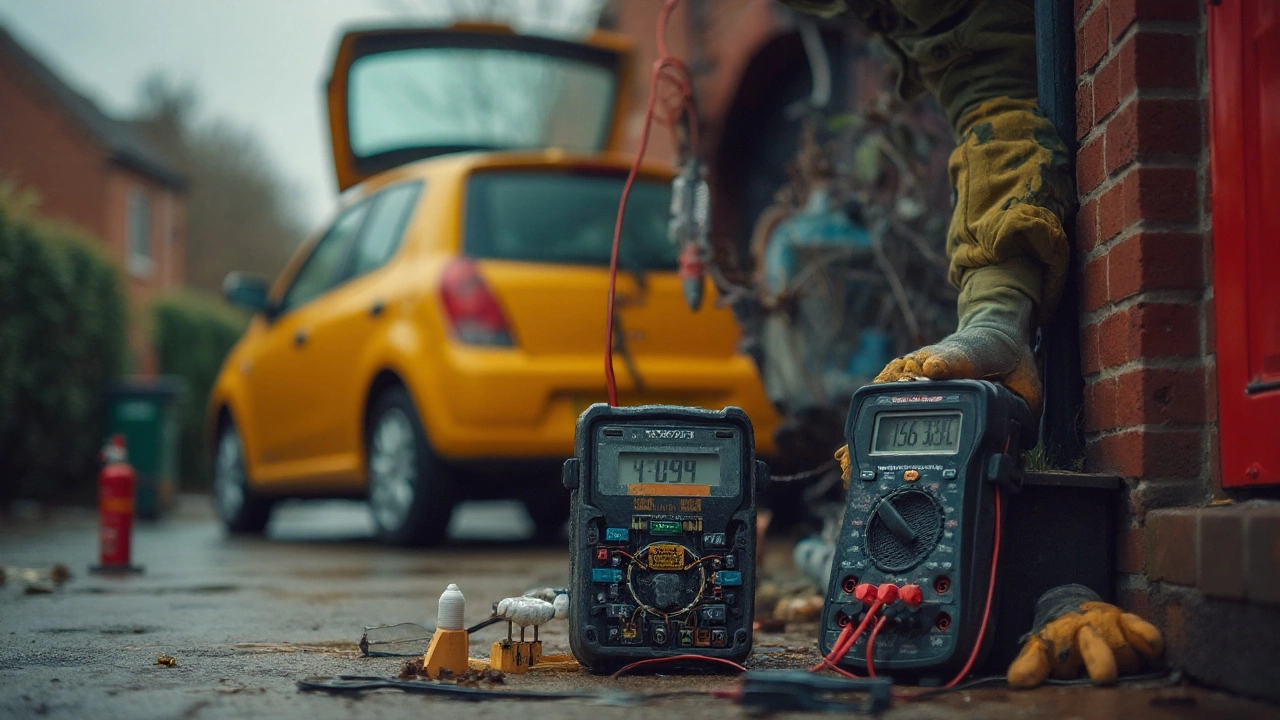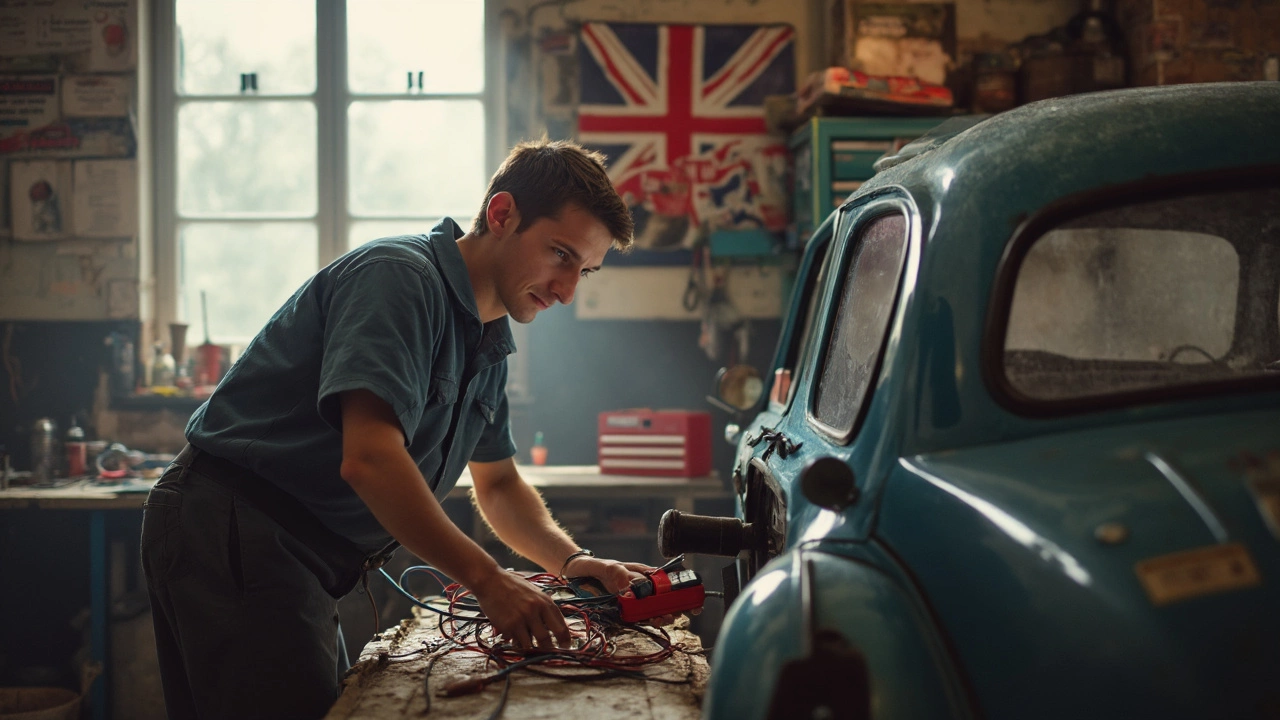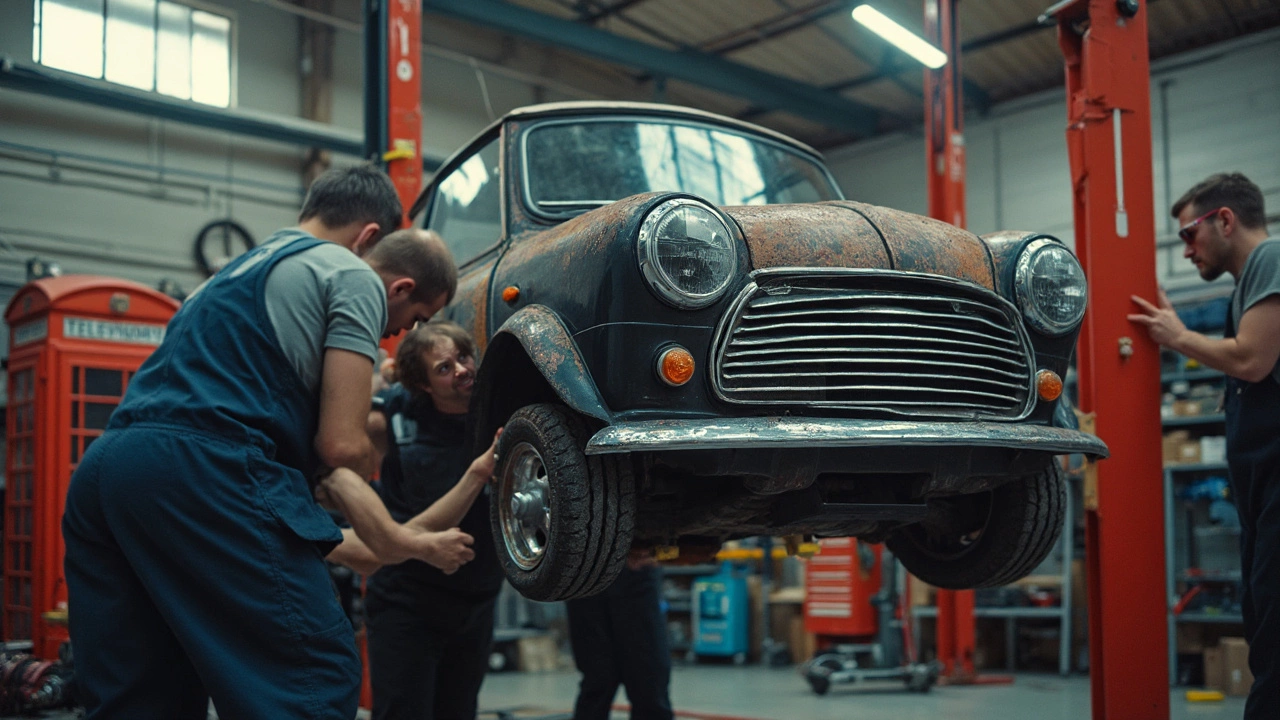Fuel Pumps
When dealing with Fuel Pumps, the components that move fuel from the tank to the engine at the correct pressure. Also known as fuel delivery pumps, they keep cars and boats running smoothly. Fuel Pumps encompass the entire fuel delivery system of a vehicle. They require proper pressure testing to function correctly, and a faulty unit can trigger engine sputtering, which influences overall performance. One of the first related actions is fuel pump testing, checking pressure and flow to verify the pump works as intended. If the test shows low pressure, the next step is often fuel pump repair, fixing electrical or mechanical issues without replacing the whole unit before considering a full swap.
Spotting Trouble Early
Most drivers notice a bad pump when the engine stutters, stalls at idle, or loses power on the highway. Those symptoms usually point to a drop in fuel pressure, a clogged fuel filter, or a failing fuel pump relay. A clogged fuel filter restricts flow and makes the pump work harder, while a faulty relay can interrupt the electrical signal that tells the pump when to run. Listening for a faint whine from the tank area can also hint at a struggling pump. Knowing these signs lets you act before the problem leaves you stranded on the side of the road.
DIY diagnostics start with a simple visual inspection: check wires for corrosion, ensure the pump relay clicks when the ignition is turned on, and look for fuel leaks around the pump housing. Next, a fuel pressure test using a handheld gauge tells you whether the pump is delivering the manufacturer‑specified PSI. If the pressure is low, you can try cleaning or replacing the fuel filter first – it’s a quick fix that resolves many issues. Some owners wonder if a jump‑start can coax a weak pump back to life; in reality, a jump only helps the starter motor, not the pump, so it’s better to focus on proper testing.
When the pump itself is beyond repair, replacement becomes necessary. The time it takes varies: an external pump mounted on the engine bay can be swapped in a couple of hours, while an in‑tank unit may require tank removal and can take a full day. The key tools are a set of sockets, a fuel line disconnect kit, and a safety valve to relieve pressure. Always replace the fuel filter at the same time, and consider upgrading to a high‑flow filter if you plan to boost performance. fuel pump replacement, removing the old unit and installing a new one, ensures reliable fuel delivery restores power and keeps emissions in check.
Below you’ll find a curated set of articles that walk you through every step – from spotting early warning signs, through testing and quick fixes, all the way to complete replacement procedures. Whether you’re a weekend DIYer or just want to understand what the garage is doing, the guides cover practical tips, time estimates, and safety advice to help you stay in control of your vehicle’s fuel system.

What Are Symptoms of a Fuel Pump Going Out? Signs You Can't Ignore
Dec 1 2025 / Fuel PumpsLearn the real signs your fuel pump is failing - engine sputtering, hard starts, loud noises, and power loss. Don't wait until you're stranded.
VIEW MORE
Will a Car Still Run with a Bad Fuel Pump? What Happens and What to Do
Dec 1 2025 / Fuel PumpsA bad fuel pump can cause your car to stall, hesitate, or refuse to start. Learn the signs, why it happens, and what to do before you're stranded on the road.
VIEW MORE
How Many Hours Does It Take to Replace a Fuel Pump? Real-Time Estimates for DIY and Mechanics
Oct 30 2025 / Fuel PumpsReplacing a fuel pump usually takes 2 to 5 hours, depending on your car model and experience. Learn what affects the time, which vehicles are easiest or hardest, and how to avoid costly mistakes.
VIEW MORE
How to Fix a Fuel Pump Without Replacing It: Proven DIY Diagnostics and Quick Wins
Sep 5 2025 / Fuel PumpsPractical ways to revive a failing fuel pump without replacing it-diagnostics, relay, wiring, filters, pressure tests, and safe fixes. UK-focused, step-by-step.
VIEW MORE
Can You Jump Start a Bad Fuel Pump? Real Answers for Real Car Trouble
Jun 8 2025 / Fuel PumpsEver wondered if you can jump start a car with a bad fuel pump? This article breaks down what actually happens when your fuel pump fails and if any tricks can get you back on the road. Learn the facts about jump starting, what a fuel pump really does, and what signs point to trouble. Get quick, actionable tips for dealing with fuel pump headaches. Don’t get stranded—understand what’s possible and when to call for help.
VIEW MORE
How to Test a Fuel Pump: Simple Steps for Accurate Results
Jun 3 2025 / Fuel PumpsTrying to figure out what's wrong with your car's fuel system can be frustrating, especially when the fuel pump is acting up. This article breaks down easy and practical ways to test your fuel pump, whether you're using simple tools or just paying attention to the sounds coming from your vehicle. Learn the warning signs of a failing pump and get clear step-by-step instructions to check your fuel pump like a pro. No unnecessary jargon—just real tips you can use in your own garage.
VIEW MORE
How Long Does It Take to Fix a Fuel Pump?
Mar 24 2025 / Fuel PumpsFixing a fuel pump isn't something you do every day, so knowing what to expect is key. Whether it's a personal project or you're going to the mechanic, the time it takes can vary a lot. This article dives into how long it typically takes to repair or replace a fuel pump and what you need to consider. If you've ever wondered about the complexities behind this car maintenance task, this read is for you. Discover useful tips and interesting facts to make the process smoother.
VIEW MORE
How to Spot a Bad Fuel Pump Quickly and Easily
Mar 17 2025 / Fuel PumpsDo you suspect that your car's fuel pump might be on the fritz? Understanding the symptoms of a faulty fuel pump can save you a ton of trouble. Whether it's sputtering, engine stalling, or reduced power, recognizing the warning signs early can help you avoid costly repairs. We'll take you through how to spot these issues and what to look out for when your car starts misbehaving.
VIEW MORE
How Long Does It Take to Change a Fuel Pump?
Mar 2 2025 / Fuel PumpsReplacing a fuel pump might seem like a daunting task, but understanding the process and time involved can make it more approachable. The time it takes to remove and replace a fuel pump varies based on car make, model, and accessibility of the pump. Factors such as whether it's located inside or outside the fuel tank play a huge role. On average, the job can take anywhere from a few hours to a full day. Knowing the tools you'll need and the basic steps can help you tackle this repair more confidently.
VIEW MORE